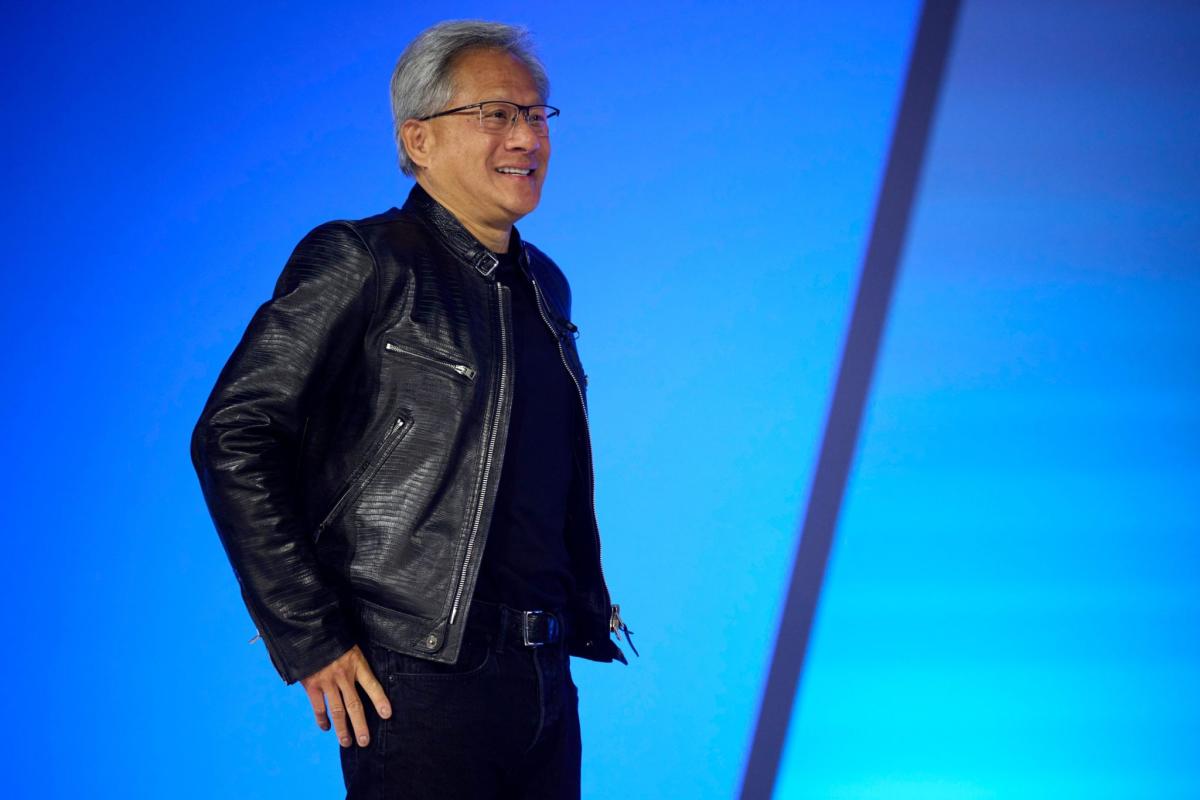Nvidia shares rose 9% to a record high above $1,000 on Thursday after another explosive earnings report, but the stock is about to get a lot cheaper as the AI chip leader announces a 10-to-1 split that will help retail investors shares are easier to buy.
Bank of America analysts, led by Jared Woodward, head of the bank’s research investment committee, described the stock split as “another big tech pursuing shareholder-friendly policies” in a note to clients Thursday. Nvidia is the fourth major tech company from the Magnificent 7 to announce a stock split since 2022, with Google, Amazon and Tesla also “making stocks more accessible,” Woodward and his team noted.
As many major tech companies have seen their stock prices rise above $500 in recent years, something that can limit retail investors’ ability to buy shares, they have tried to make it easier for non-professional investors to buy in. In other words: “Big Tech is becoming bite-sized chunks,” according to BofA.
History says stock splits are bullish
BofA’s sell-side analysts have been bullish on Nvidia’s stock for some time and have once again raised their lofty 12-month price target for the chip giant after Thursday’s earnings release – this time from $1,100 to $1,320. Nvidia shares could rise another 26% if the outlook proves prescient, and the stock split could help with that bullish move, according to Bank of America’s historical read.
“Splits have driven returns higher every decade, including the early 2000s when the S&P 500 was struggling,” Woodward and his team explained.
Specifically, research from Bank of America shows that stocks have historically delivered a total return of 25% in the twelve months following a stock split, compared to 12% for the S&P 500.
Bank of America also noted that stock splits even manage to trigger bull runs in stocks that have been struggling. They gave the example of chip company AMD and oil refinery giant Valero, both of which saw their stock prices rise after announcing a stock split, despite poor performance prior to the split. “As gains are more common and on average larger than losses, splits appear to introduce upside potential into the markets,” the analysts said.
However, in citing the Securities and Exchange Commission here, it is important to add the caveat that all mutual funds are required by law to tell investors: “Past performance is not indicative of future results.”
Bank of America was also quick to note that “outperformance is not a guarantee” after a stock split. Companies that announce stock splits still see negative returns 30% of the time, and when they do, the average decline is a significant 22% over the subsequent twelve months.
“While splits can be an indication of strong momentum, companies may struggle in a challenging macro environment,” the analysts noted. “Companies like Amazon, Google, Tesla and Dexcom struggled in the 12 months after the 2022 splits were announced as interest rates rose.”
Still, the vast majority of Wall Street analysts remain bullish on Nvidia’s stock, with the company boasting 48 “buy” ratings, eight “overweight” ratings, six “hold” ratings, and zero “sell” ratings, according to the Wall Street Journal ‘-ratings. . And Huang’s announcement that Nvidia will develop another new AI chip within the next 12 months as the company is now on a one-year development pace was also exactly the news the bulls wanted to hear.
As Wedbush tech analyst Dan Ives, a noted Nvidia bull, put it in a note Thursday: “The Godfather of AI Jensen and Nvidia have delivered another masterpiece quarter and guidance that should be hung in the Louvre.”
This story originally appeared on Fortune.com
